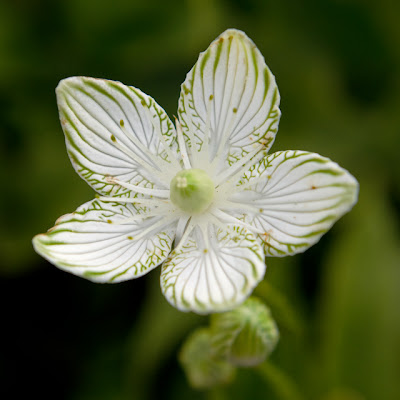 |
| The joy of camping |
In these suboptimal conditions the Hmong porters are squatting, apparently oblivious to the smoke, chatting incessantly about god-knows-what and expertly preparing our dinner. One man chops vegetables and meat with a short, wickedly sharp machete; another tends the fire, feeding it with chips cut from the heart of a fallen tree; a third swiftly whittles half a dozen sets of chopsticks from a length of bamboo. This is the fourth night of the trek and the joint of pork we are to eat looks like it's ready to walk again. Aaron assures me that lemongrass has antibacterial properties but I can't help thinking that a bucket of bleach and a prophylactic course of doxycycline would be more appropriate. Although the meal is a heroic achievement in the circumstances and I want to appear gracious, I eat without enthusiasm when a plate is handed to me and throw most of the meat into the fire.
The highlight of the evening comes when Bleddyn, who has his back to the flames, suddenly yelps and shouts 'Jesus fuck! My arse is on fire!' It isn't, sadly, but we all laugh. He gets his own back later when I discover that I have melted one of my boots while attempting to speed dry it. We are camped near the shelter of a family of cardamom farmers and Uoc jokingly suggests recruiting a couple of the farmer's daughters to help raise our spirits. 'No tits, big smile.' He says and giggles. Declining the offer of a cup of apple wine I ask for a coffee and absently scratch the itch on my spine. A leech the size and consistency of a ripe olive falls into my hand, belching blood (mine). The mysterious leaking sore is explained; leech spit contains a remarkably potent anticoagulant. As the loathsome creature shrivels in the embers, I reflect that at least it has probably stripped my arteries of cholesterol.
We retire to our tents, which have been pitched on a bed of cut cardamom stems. I use a tee shirt to mop up the puddle of water that has accumulated in a hollow in the groundsheet and wriggle, fully clothed into my moist sleeping bag. I decide to read for a while and dig around in my rucksack for David Mitchell's 'The Thousand Autumns of Jacob de Zoete', which I have been saving for such an occasion. It has been sitting in the puddle of water and has swollen to twice its original size. The pages are stuck together and disintegrate when I attempt to peel them apart. I decide that this is a two sleeping pill night and, after a while, drift gratefully into drug-induced oblivion.






